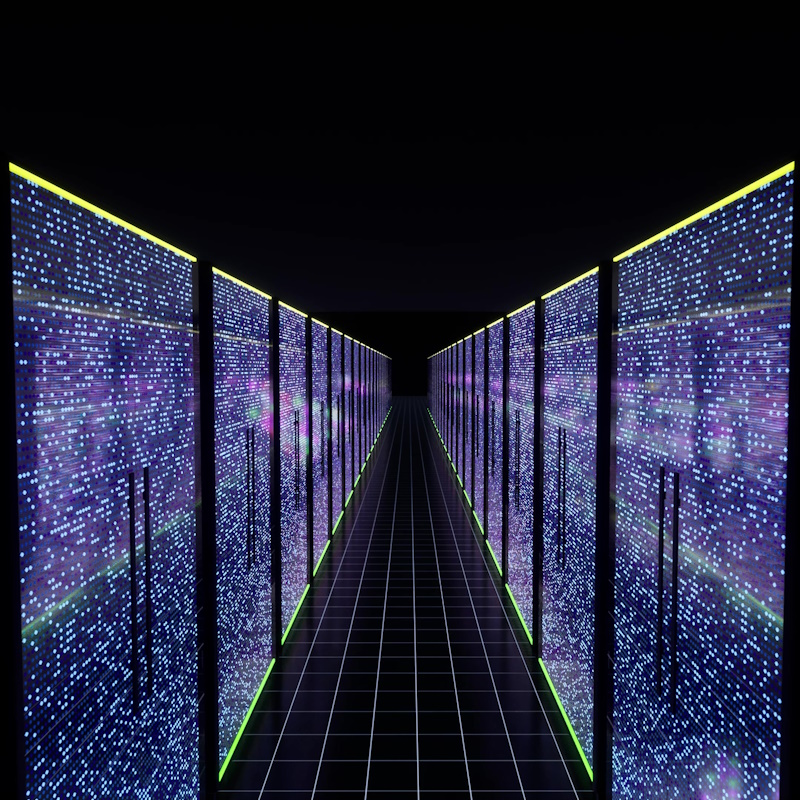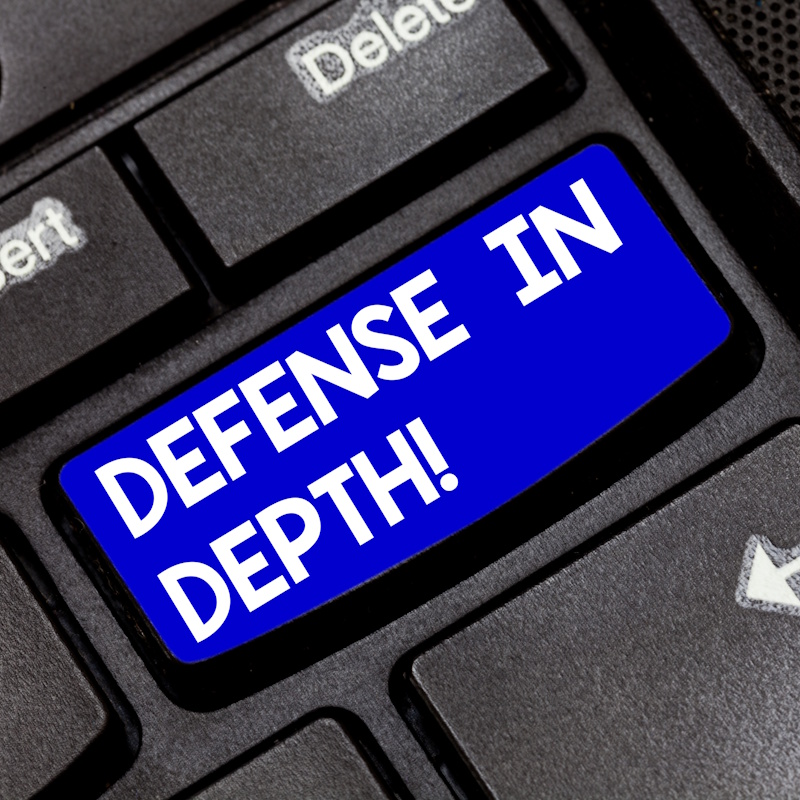Recent Posts
Categories
Stay Informed
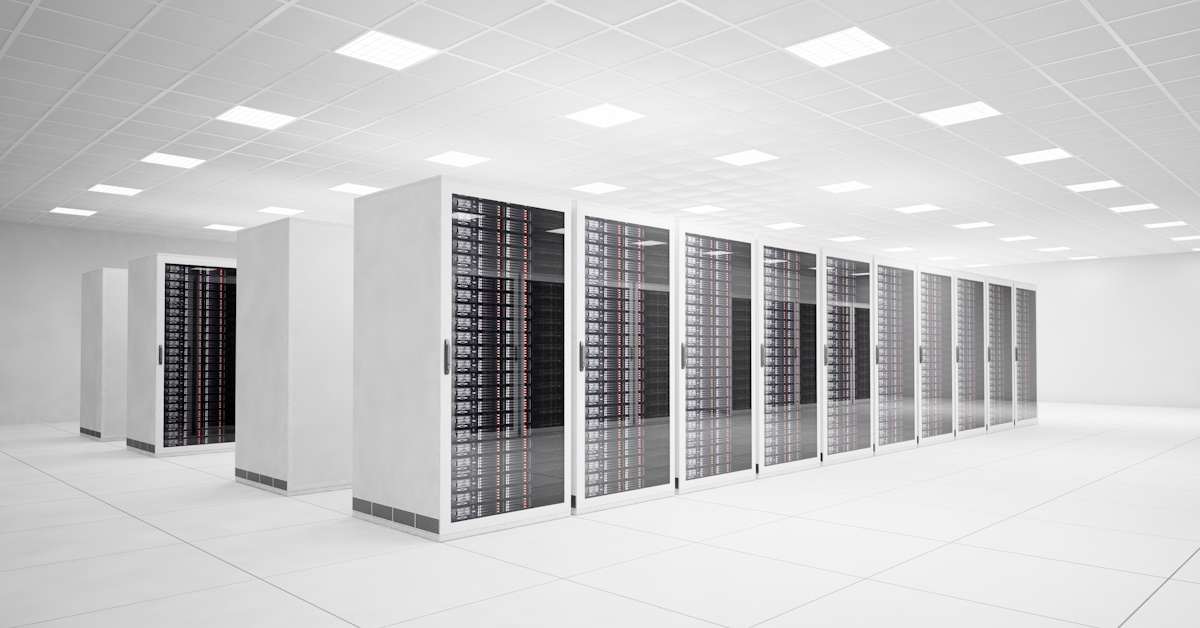
Data centers play a crucial role in keeping digital infrastructure alive. It is where our data is processed, stored, and delivered to our devices. Data centers are the ideal home that keeps servers up and running 24 x 7 x 365.
Data center tiers are a standardized system of classifying data centers for design, reliability, and redundancy levels. There are four tiers. The lower the number, the less reliable, but the lower the cost. Meanwhile, tier IV is the highest level of redundancy and reliability available. Let’s explore the differences among tiers I – IV.
Tier I Data Center
Tier I data centers are the most basic level. Their infrastructure has the least number of redundancies and uptime, at the lowest cost. Tier I data centers have a single supply path for power and cooling.
They are cost-effective to deploy and operate, making them great for organizations with limited budgets and non-critical workloads. However, you can expect to experience downtime at these facilities, since maintenance or mechanical outages will halt operations.
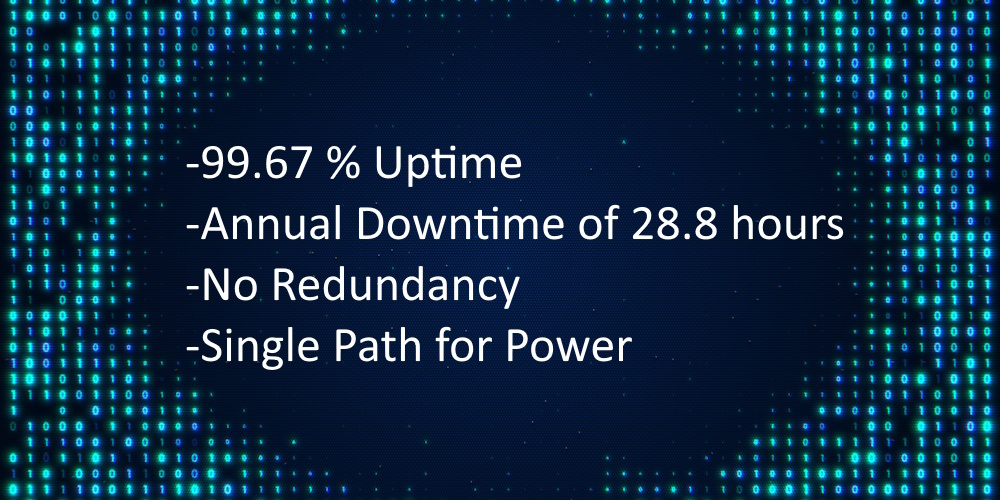
Tier II Data Centers
Tier II data centers offer improved reliability and uptime with some level of redundancy in their infrastructure. They have redundant components such as backup power sources or cooling systems, reducing the risk of downtime due to equipment failures or maintenance.
However, this tier is not foolproof and does not have all redundant critical components. Nevertheless, tier II can be good for business-critical applications that can withstand downtime.
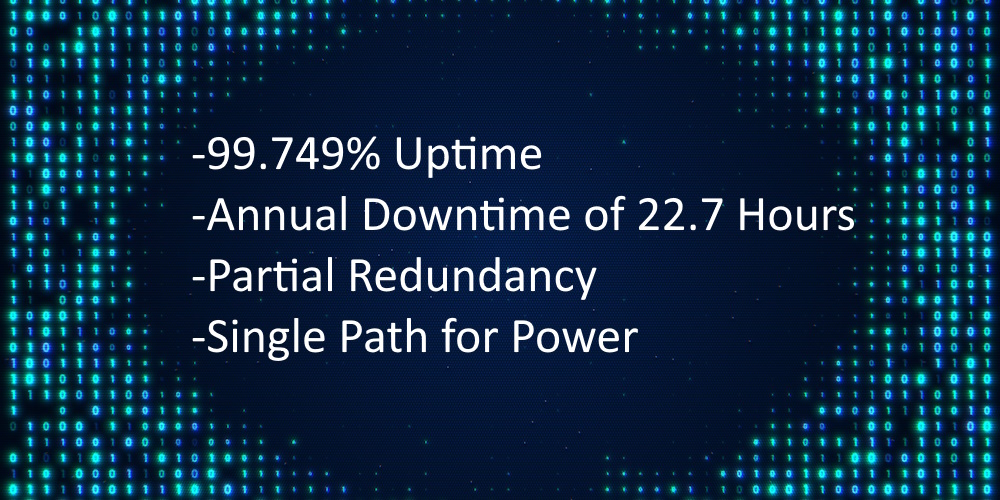
Tier III Data Centers
Tier III data centers are designed to provide maintainable infrastructure, offering higher levels of redundancy and fault tolerance compared to tier II facilities. They have multiple active power and cooling distribution paths, allowing for maintenance activities to be performed without downtime.
With N+1 redundancy for all critical infrastructure components, Tier III data centers offer exceptional reliability and availability, making them ideal for mission-critical applications with stringent uptime requirements. For those unfamiliar with this term, “N” refers to a critical part such as power and cooling, and “+1” is a backup path that can be used as a failover. For example, a battery backup if the power goes out.
These are the most common types of data centers with the balance of reliability and affordability.
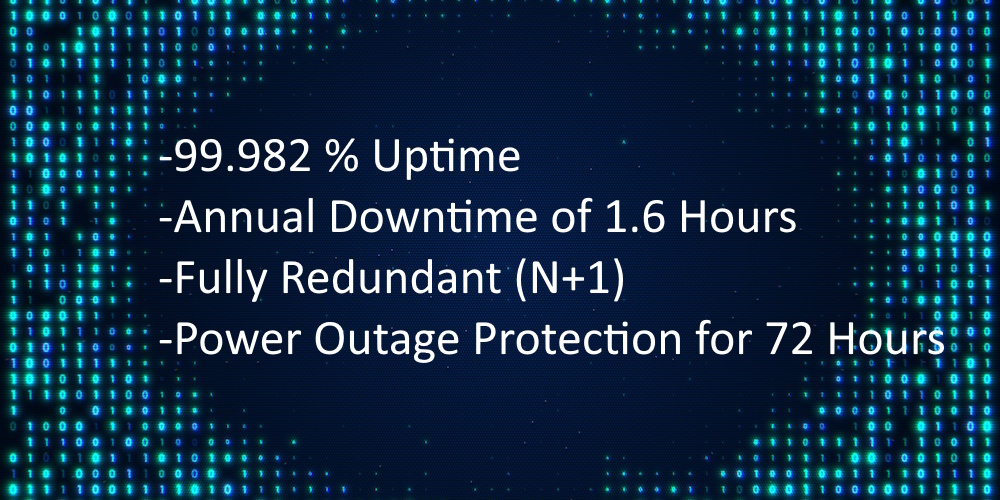
Tier IV Data Centers
Tier IV data centers offer a fault-tolerant infrastructure with no single point of failure. They have fully redundant power and cooling systems, as well as mirrored components for critical infrastructure elements, ensuring continuous operation even in the face of catastrophic events.
With 2N+1 redundancy for all critical systems, tier IV offers unparalleled reliability and availability. This type of data center is ideal for ultra-critical applications such as financial transactions or healthcare systems.
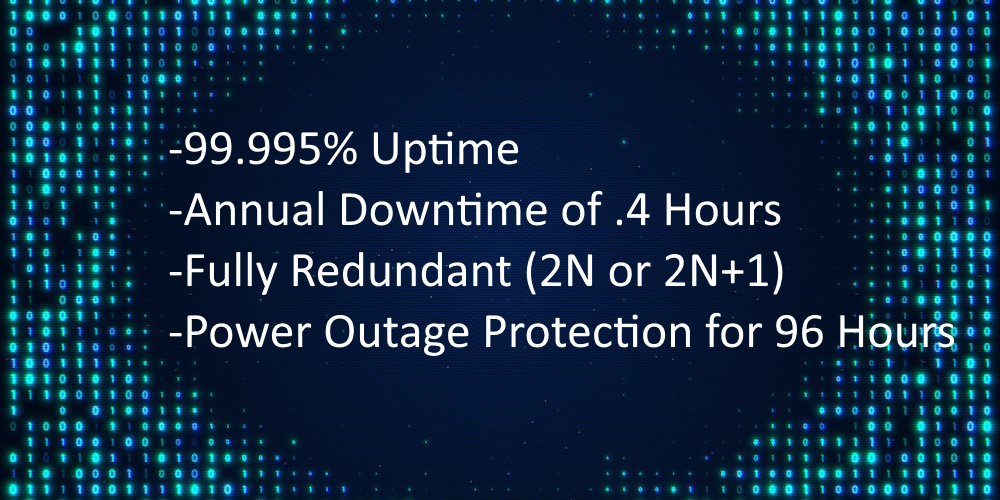
Why is This Important?
A business needs to understand how important their systems are and what kind of downtime they can withstand. The data center tiers can help a business owner have peace of mind of what precautions are in place to ensure their systems stay up and running, or to know what risks they are taking.
Additionally, some industries have strict compliance and policies they must follow, and a data center can help them adhere to these regulations.
To learn more about data centers or web hosting services, schedule a call with one of ISOCNET’s experts!

